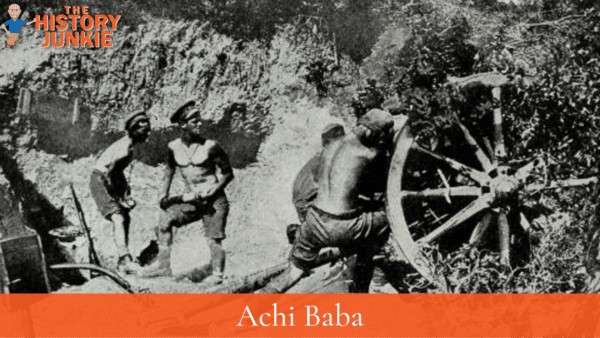Sir Ian Hamilton, commander of the Mediterranean Expeditionary Force during World War 1, made capturing Achi Baba a top priority during the Allied landing at Cape Helles on April 25, 1915.

Achi Baba, a prominent hill feature overlooking the Allied beachhead at Cape Helles, was a key strategic objective for the Allies.
Hamilton and his local commander, Aylmer Hunter-Weston, had repeatedly attacked the hill and the nearby village of Krithia, but all of these attacks had failed.
The Battle
On June 28, a further attack, the Battle of Gully Ravine, also failed with heavy casualties. Despite this, Hunter-Weston continued to press Hamilton to allow him to try again in mid-July.
Many historians today question the strategic value of capturing Achi Baba. However, at the time, both the Commander-in-Chief and the VIII Corps commander believed it was a valuable objective.
On July 12, 1915, a final attempt was made to seize Achi Baba. Hunter-Weston had been given an additional division of men, but the attack was unsuccessful. The Allies only gained 350 yards, and after two days of fighting, Hunter-Weston called off the attack.
As was typical of operations from Helles, casualties were high. The Allies suffered 4,000 casualties, and the Turks suffered even more, with 10,000 casualties.
Despite the heavy Turkish losses, Achi Baba remained in Turkish hands.
